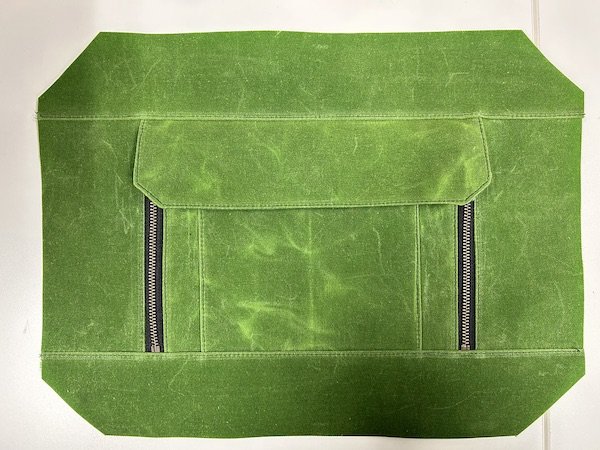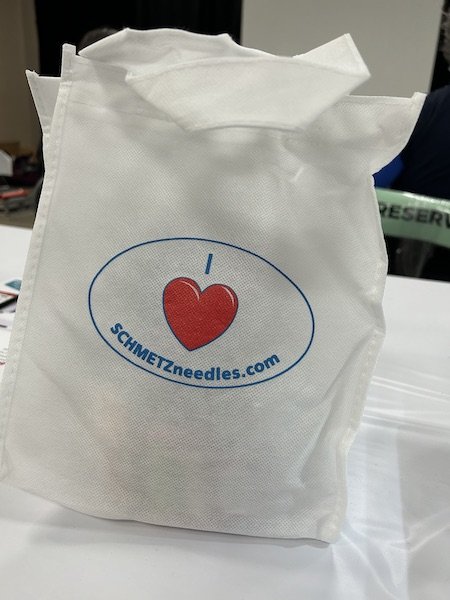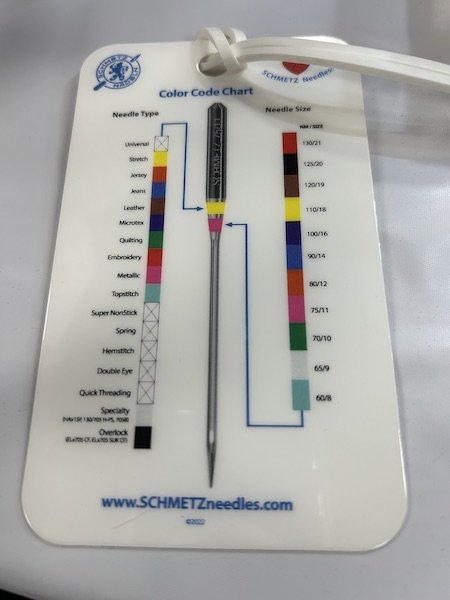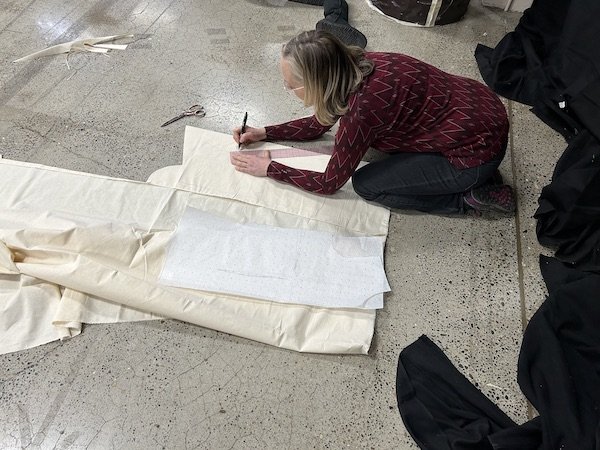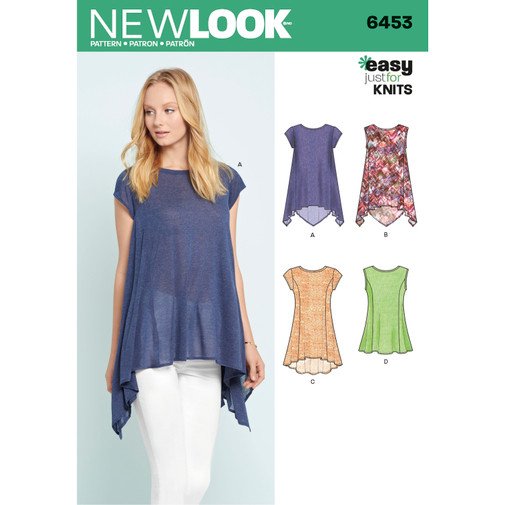Waiting for Spring, 2023 Edition
The husband cleared a path to the greenhouse for me on Saturday. He also cleared a path from the greenhouse to the frost free faucet about 50 feet away. Until it warms up enough to hook up the water line, I’ll have to haul water from the faucet to the greenhouse to water seedlings.
I am just not ready to start planting yet, not when I look outside and see this:
We had a cold spring last year and it looks like we’ll have a cold spring again this year. But we have a plant sale scheduled for the third weekend in May and I need to get the tomatoes and peppers started soon.
I’ve also got to try to get chicks this week.
I struggle with transitions, and the transition from winter to spring is especially difficult. My brain maintains a schedule of things that have to happen this time of year, but the reality I see outside isn’t lining up. That dissonance is making me cranky right now.
I will get it figured out—I always do—but there is a reason March is my least favorite month in Montana. (August is a close second.) We’re supposed to warm up into the high 30s and low 40s this week, so hopefully some of this will start to melt.
The husband requested a cover for the generator that powers the house when the electricity is out. The current cover is over 10 years old and starting to fall apart from being out in the weather. The reason I make covers for the equipment is because we got tired of spending money on cheap ones from the manufacturers. They disintegrate with even minimal use. We took the measurements of the existing cover over the weekend. I’ll order some heavy Cordura from Seattle Fabrics and run one up. He keeps telling me that I could have more business than I know what to do with if I would make custom generator covers and sell them, but first I have to figure out how to alter the laws of physics to cram 24 more hours in the day.
*********************
I assembled the last baby quilt on Saturday. The goal is to get all three of them quilted by the end of the month. I worked on the Ravenwood Bag but had to take out what I did because I put the zipper lining in wrong. Oh, well. The only way to avoid sewing mistakes is not to sew.
This arrived over the weekend:
One of the authors was Tera’s instructor for the pattern alteration class she took at Expo. I looked at this book while we were there and ordered it from Amazon when we got home. (I used some of my reward points.) I like that it is comprehensive without being overwhelming.
I’ve got some administrative stuff to get done this week, including finishing the tax prep. Most of it is done—the construction company returns are the biggest part of that—but I need to corral a few more pieces of information for the accountant. I also need to can up a couple of batches of beans. We’re running low. And there will be sewing, of course. I’ll check today to see if anyone signed up for tomorrow’s serger class. If not, I’ll work on making more samples for upcoming classes.




